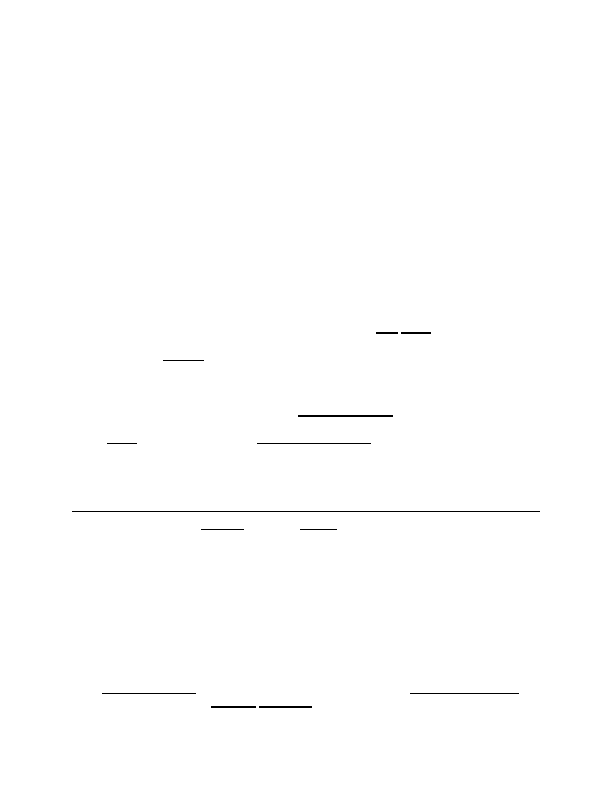
§ 101 means, and how to determine whether a given claim—and Applicants' claim 1 in
particular—is a "new and useful process."
As several amici have argued, the term "process" is ordinarily broad in meaning,
at least in general lay usage. In 1952, at the time Congress amended § 101 to include
"process,"
the ordinary meaning of the term was: "[a] procedure . . . [a] series of
actions, motions, or operations definitely conducing to an end, whether voluntary or
involuntary." W
EBSTER
'
S
N
EW
I
NTERNATIONAL
D
ICTIONARY OF THE
E
NGLISH
L
ANGUAGE
1972 (2d ed. 1952). There can be no dispute that Applicants' claim would meet this
definition of "process." But the Supreme Court has held that the meaning of "process"
as used in § 101 is narrower than its ordinary meaning. See Flook, 437 U.S. at 588-89
("The holding [in Benson] forecloses a purely literal reading of § 101."). Specifically, the
Court has held that a claim is not a patent-eligible "process" if it claims "laws of nature,
natural phenomena, [or] abstract ideas." Diamond v. Diehr, 450 U.S. 175, 185 (1981)
(citing Flook, 437 U.S. at 589, and Gottschalk v. Benson, 409 U.S. 63, 67 (1972)). Such
did not dispute that the process claims in Nuijten were drawn to patent-eligible subject
matter under § 101 and allowed those claims.
3
Congress provided a definition of "process" in 35 U.S.C. § 100(b): "The
term 'process' means process, art or method, and includes a new use of a known
process, machine, manufacture, composition of matter, or material." However, this
provision is unhelpful given that the definition itself uses the term "process."
4
The Patent Act of 1793 originally used the term "art" rather than "process,"
which remained unchanged until Congress enacted the current version of § 101 in
1952. But the Supreme Court has held that this change did not alter the scope of patent
eligibility over processes because "[i]n the language of the patent law, [a process] is an
art." Diamond v. Diehr, 450 U.S. 175, 182-84 (1981) (quoting Cochrane v. Deener, 94
U.S. 780, 787-88 (1877)); see also Comiskey, 499 F.3d at 1375.
2007-1130 6
